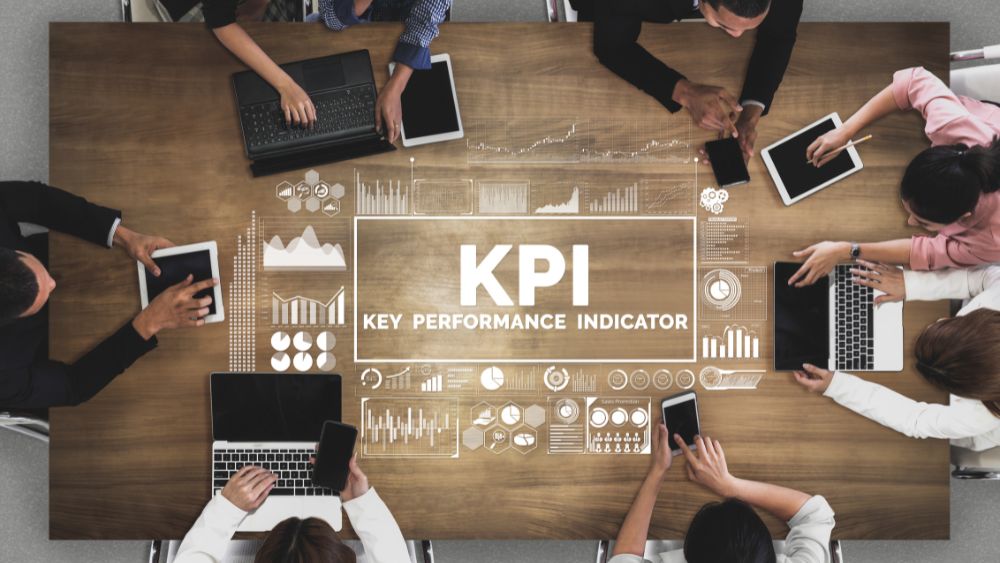Running a petroleum company is a complex business, especially with myriad moving parts impacted by real-time events.
Having pre-set, critical financial data points available for review, tracking and benchmarking should be part of the management team’s strategy, just like tracking personal health through vital signs like blood pressure, heart rate and cholesterol.
The question is how to choose the correct data points, or Key Performance Indicators (KPIs), to give maximum input for proactive foresight and strategic decision making.
A good place to start is identifying specific business areas that require an eagle eye, along with KPIs that clarify the picture:
Cash Flow Management
Track numbers related to cash flow constriction caused by unpaid invoices, which can choke your ability to pay bills, invest, or grow. The following KPIs can show how quickly you’re converting sales into cash:
- Days Sales Outstanding (DSO)
- Best Possible Days Sales Outstanding (BPDSO)
- Average Days Delinquent (ADD)
Operational/Departmental Efficiency
Streamlining operational and departmental processes greatly impacts efficiency, reduces disputes, speeds up payments, and improves customer relationships. The following KPIs reveal process effectiveness:
- Invoice Accuracy Rate
- Collection Effectiveness Index (CEI)
- Credit Apps Processed in a Period
- Credit Apps Approved in a Period
- Percent New Accounts Opened to Actual Order
- Collection Touches in a Week
Strategic Decision-Making
Determine your Cash Conversion Cycle to find out whether your credit terms are working or need adjustment. Based on your findings, you’ll be better able to make financing strategy decisions.
Risk Detection
Early detection of risky accounts lets you tighten credit policies before losses mount. Use the following metrics to help spot customers who consistently pay late or not at all:
- Percent Past Due in a Particular Period (ex: 30 -45 days)
- Bad Debt to Sales
- Accounts Receivable Turn Over Ratio
To get started, pick 5 or 6 of the most meaningful numbers, and enlist the help of a program like Power BI to automate reports and begin the benchmarking process.
Accounts Receivable KPIs gives business owners a clearer picture of what the numbers reveal and allow for more proactive vs. reactive credit management. KPIs turn what could be hidden vulnerabilities into visible, easily understood opportunities for improvement, allowing leaders to work together on improved strategies.

